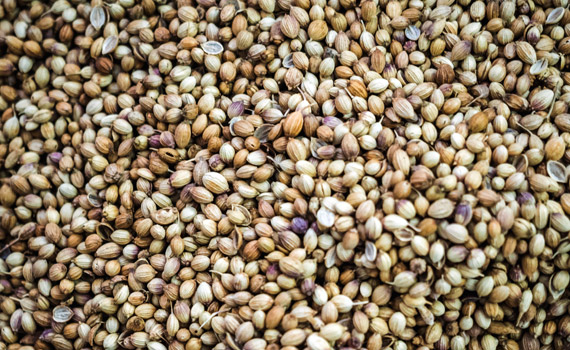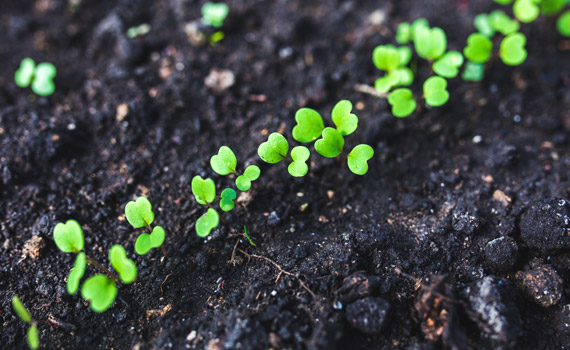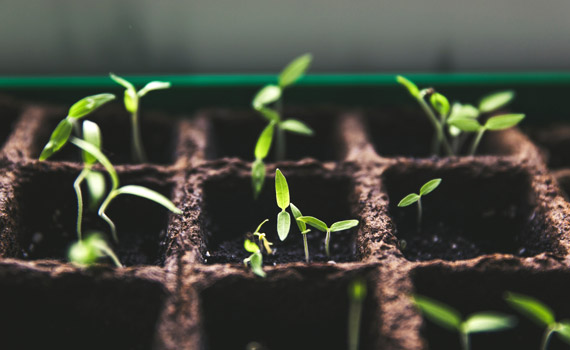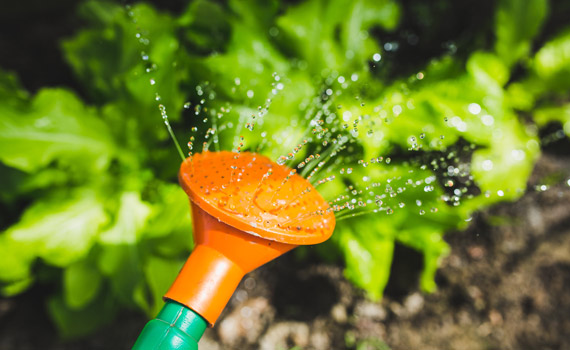Growing for beginners

So there are quite a few things to think about and they are all interrelated. Think about it so that whatever you choose is realistic and there is a better chance that you won't have any unpleasant surprises.
Seeds
There are two ways to produce a crop, from seed or from cuttings. The biggest difference is that cuttings always remain the same, while seeds from the same plant can sometimes differ. Seeds are often chosen as the starting point for the stock plant from which future cuttings will be taken. Always use the freshest, highest quality seeds.

Some seeds are known as hybrid seeds. Hybrids are a cross between two varieties of the same plant species. When these F1 hybrids are then recrossed, you often get plants that are completely different from the desired F1 hybrid, sometimes returning to the original parental varieties.
germinate
There are a number of ways to germinate seeds. It is best to do this indoors, because the environment is better protected there. A seed will have to absorb water before it can germinate. After the absorption of water, biological processes get to work within the seed and it comes to life, as it were.
The most logical choice is to sow the seed in soil. You imitate nature. The biggest advantage of this is that after germination, the plant can continue to grow immediately, without interruption. Make sure that the soil remains moist, but does not get too wet. Special sowing soils have been developed for germination, such as CANNA Terra Seedmix.
Another method is to place the seed on a wet paper towel. Cover the seed and store it in a dark place. Make sure that the paper towel stays moist but that the seed does not drown in a puddle of water. Seeds need oxygen to germinate. The time it takes for the seed to germinate varies by variety and depends on the age of the seed. Make sure the seed is adequately ventilated to prevent disease problems. Once the root sprouts and the new top appears, transfer to a seedling medium in a small pot.

When transplanting, place the sprouted seedling 2.5 times the seed height below the surface (for example, if the seed is 2 mm, place it 5 mm below the surface). Make sure the humidity is high enough, but also remember that the area around the seed should not be too moist. So take it easy with the water.
When the first true leaves appear on your plant, you can start feeding. Please note that the nutrient concentration should not be too high. Keep the temperature between 20 °C and 25 °C. The ideal humidity at this stage is between 70% and 90%.
Fluorescent lighting is often used in the seedling stage. This light is easy and cheap and a further advantage is that the lamp can be placed close to the plant, so you don't need much space.
Cuttings
Using a cutting instead of a seed has a number of advantages. Firstly, the plant has already grown a bit, which means that not only is it stronger, but you can harvest earlier. You will also know more about the properties of the plant, as it is genetically identical to the stock plant from which the cutting was taken.
If you have a good stock plant, you can take a cutting yourself. Always take cuttings from young, vigorous parts of the plant. Cut a cutting that is between 5 cm and 15 cm long just above an axillary bud, where the stem has the right concentration of carbohydrate. The cutting should not have too much leaf surface, otherwise it will dry out too quickly (the cutting has difficulty absorbing water without roots). Remove too large leaves so that the cutting looks like a small plant.

Cut/cut the stem straight across. Diagonal cuts, while good for absorbing water in cut flowers, increase the wound area and therefore the risk of disease. It also takes longer to close, which costs more energy. Allow the cut to dry a bit before placing it in the medium. The cutting will not dry out if you keep the humidity around 100%. You can also dip the end of the cutting in rooting powder/liquid, but be careful not to use too much. Make sure the growing medium is nice and moist. Place the growing medium in an enclosed space and give it some water with a fine spray. Start with the humidity around 100% until the cutting takes root, then drop the humidity level slightly but to just above the point where the leaves begin to wilt.
After a few days to a few weeks, depending on the variety, the first small roots will appear. The cutting has now become a small plant and is ready to be transferred to another medium with more room for growth.
Tip: female plants?
Some plants are male or female or have different male and female flowers, such as cucumbers or the hops you need to brew your own beer. If you've grown a healthy plant from seed, but you're not sure if it's a male or female, you can cut a cutting to find out. Place the cutting in a separate room and force it to bloom by changing the length of light it receives each day. Some plants need long days to flower, some short days, and others don't flower at all with changes in the light period. See if it wants to bloom!
Grow
When your plant has developed enough roots it will start to grow. A plant grows because the cells in the growing areas divide and because the cells that have already formed swell with water. The plant now uses a lot of water and nutrients, especially nitrogen.
Although the plant continues to grow when it comes into flower, many growers use a vegetative growth phase first. The longer this period lasts, the longer it takes to harvest. On the other hand, the plant has much more time to develop branches; this increases resistance to diseases and defects and also ensures a larger harvest later on. Giving your plant a veg phase of at least a week will make it strong and robust.
The light spectrum has a significant impact on the way your plant grows. The blue part of the spectrum causes the plant to grow in width instead of height. This allows you to get a robust plant that picks up strength faster before it starts flowering.
CANNA TERRA Vega has been developed to meet the needs of the plant in the growth phase.
Bloom
Even before anything is visible on the outside of the plant, at some point a change in the plant begins to take effect. This is the switch that marks the start of the flowering phase; the first cells are formed that later form the flowers. In some plants, this switch is activated by the days getting shorter or longer. If you're growing indoors, you can control when the switch will happen by changing the light hours. Light that is more on the red end of the spectrum, such as light from sodium lamps, encourages height growth and root development. These lights may need to be hung further away from the plant as they give off more heat. During this period, you must ensure that the plant remains undisturbed during the dark period, as disturbing the plant will extend the period it needs to bloom.
Now that the plant has entered the flowering phase, the plant's nutritional needs change. The need for nitrogen (N), which was the primary nutrient during the growth phase, decreases. The need for potassium (K) and phosphorus (P) increases significantly. Stop fertilizing between 3 - 7 days before harvest, as the plant's maturation process is almost complete.
It is a good idea to keep the humidity (around the flowers) below 60% to prevent fungi such as Botrytis from taking up residence in the fruits or flowers. But keep the humidity above 50% to avoid spider mites. CANNA TERRA Flores has been developed to meet the needs of the plant in the flowering phase.
You can remove the flowers in the shade as they are virtually worthless; they only draw energy from the main crop. However, never remove the leaves hanging in the shade. These still generate energy that the flowers need for their development.
When your crop is ready for harvest depends on the crop being grown. Often crops are harvested too early, which affects the yield, taste and smell. Know when to harvest!

Watering
Depending on the size of the pot, the growing conditions and the growth phase of the plant, the amount of water should be adjusted to the needs of the plant. Under normal conditions, mature plants evaporate 4-6 liters of moisture per m2 per day.
For larger plants use at least 5 liter pots; the larger the pot, the more stable the root environment. Also make sure there is sufficient drainage, if necessary place a layer of hydro granules on the bottom of the pot to improve air circulation.


